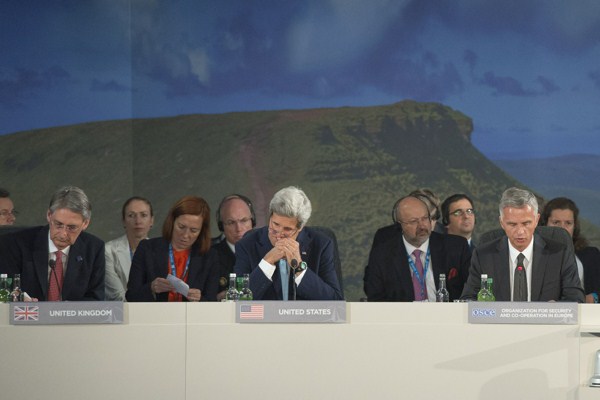Last week’s NATO summit in Wales was a mixed bag, with the alliance marking strong progress on some fronts but proving less successful on others. Nevertheless, the fact that the summit took place under such heavy scrutiny highlights NATO’s resurgence from an alliance that many in recent years claimed had lost its relevance in meeting Europe’s security challenges.
The summit’s immediate focus was on reaffirming alliance solidarity against Russian aggression. President Barack Obama’s major speech in Estonia shortly before the summit helped set the stage by making clear that the United States was committed to the defense of that country, often seen as most vulnerable to Russian aggression due to its location and large number of geographically concentrated ethnic Russians. The summit subsequently adopted a series of “assurance measures” designed to keep powerful air, land and sea forces continuously in or near the alliance’s eastern members. Their permanent presence in Eastern Europe would erase the dividing line between the secure older NATO countries hosting large military facilities and the new NATO members that lack significant numbers of foreign alliance forces on their soil.
In this regard, the creation of the Very High Readiness Joint Task Force as a standing “spearhead” force of the NATO Response Force (NRF) fills a gap in the alliance’s ability to rapidly reinforce members under attack. The NRF, though substantial, would require weeks to mobilize and deploy on a large scale. The alliance is also creating the necessary command-and-control structure in Eastern Europe, prepositioning equipment and munitions and establishing other “enablers” to allow for the rapid and effective use of the joint task force in the Baltic and other frontline states.

